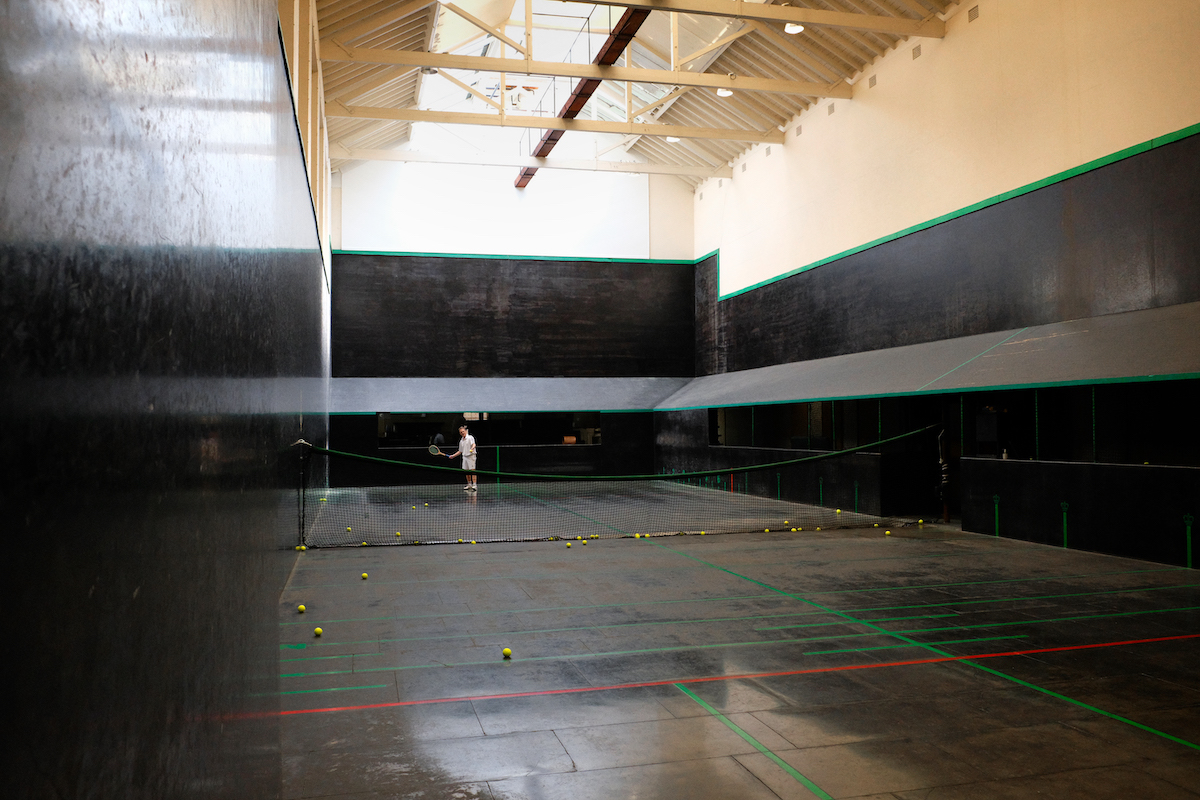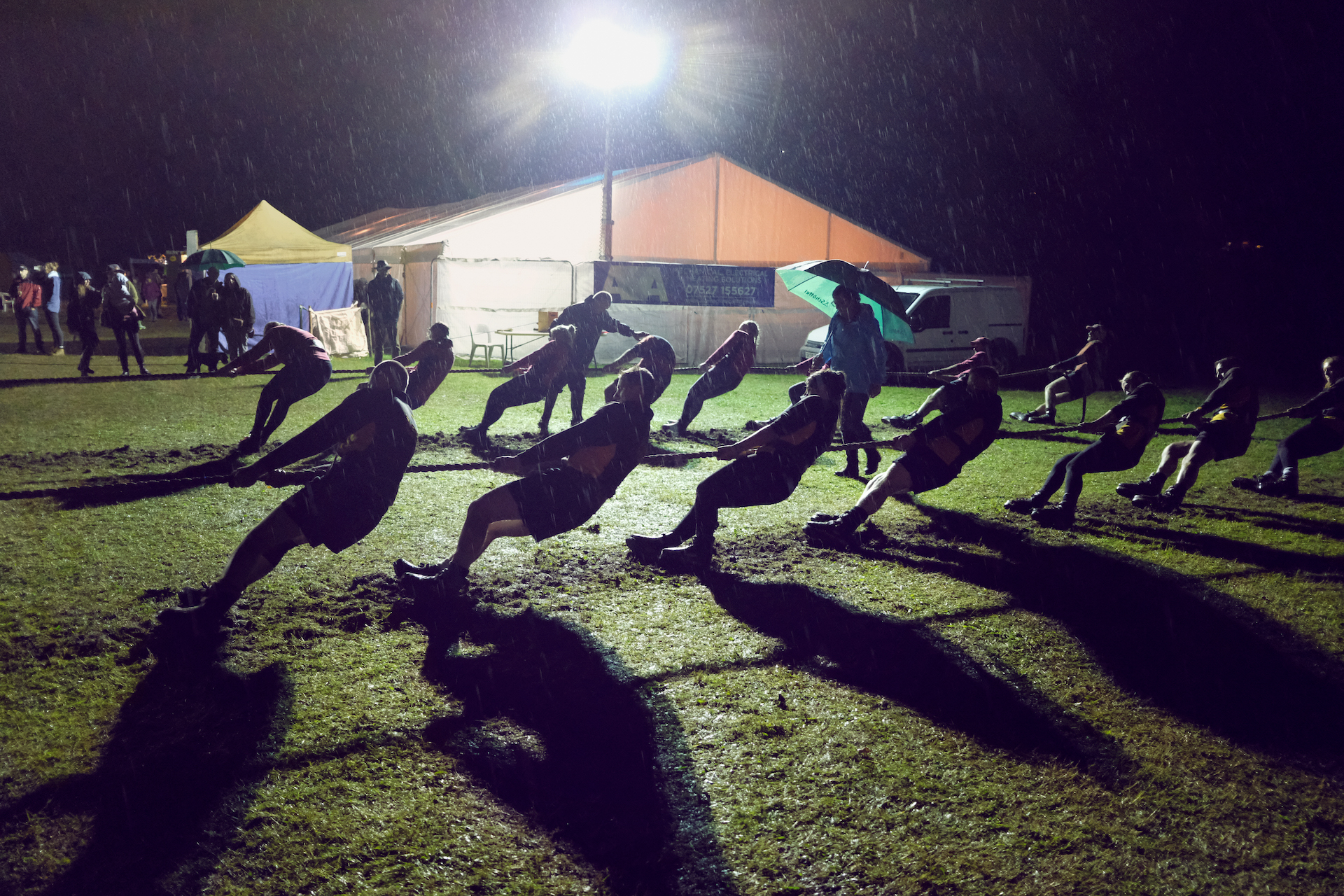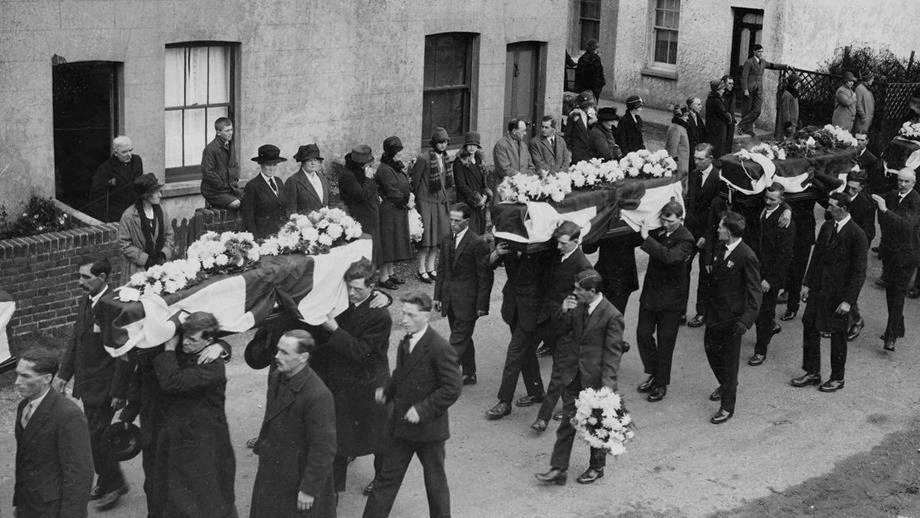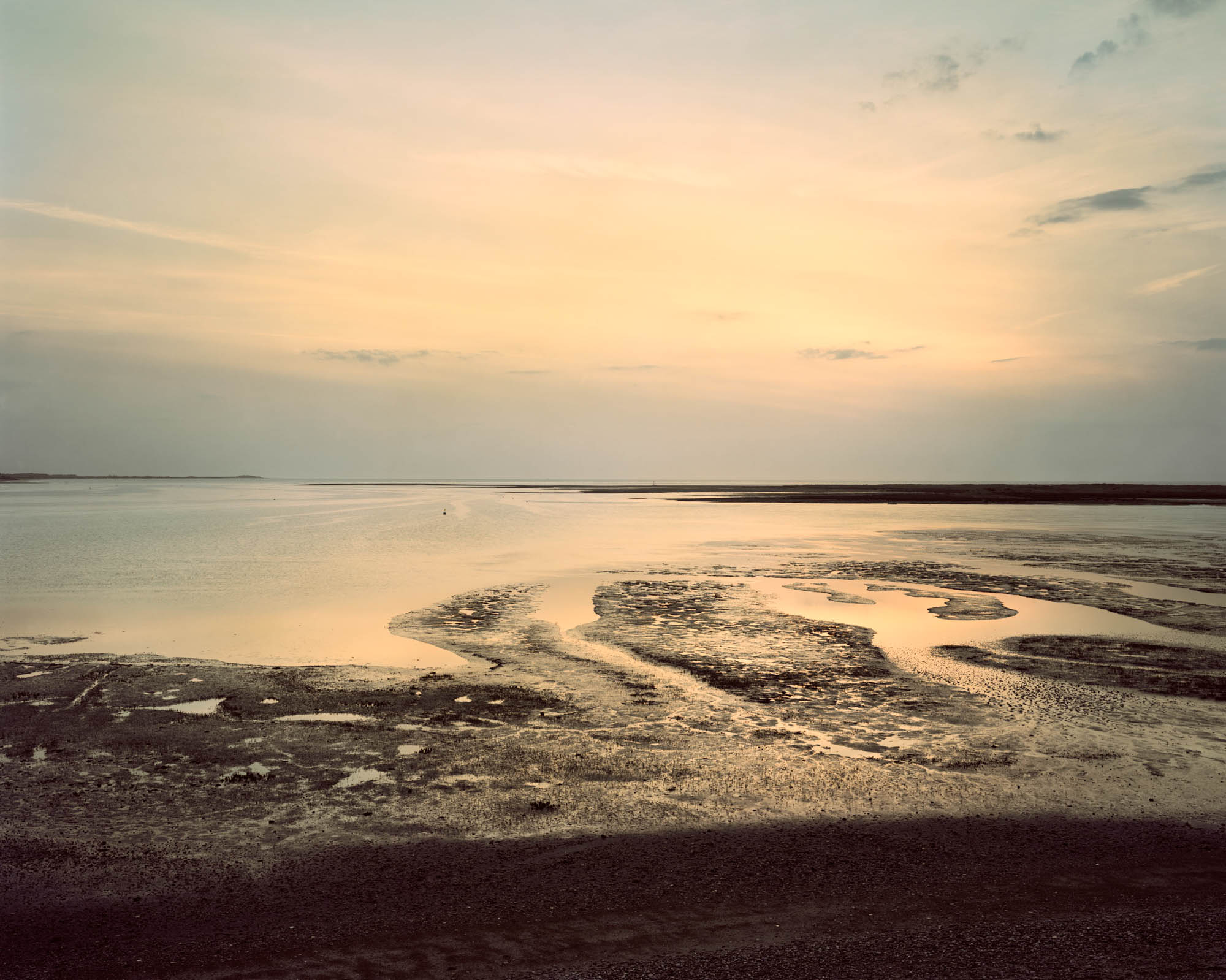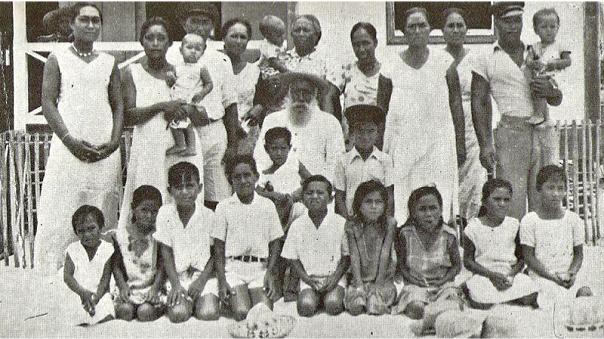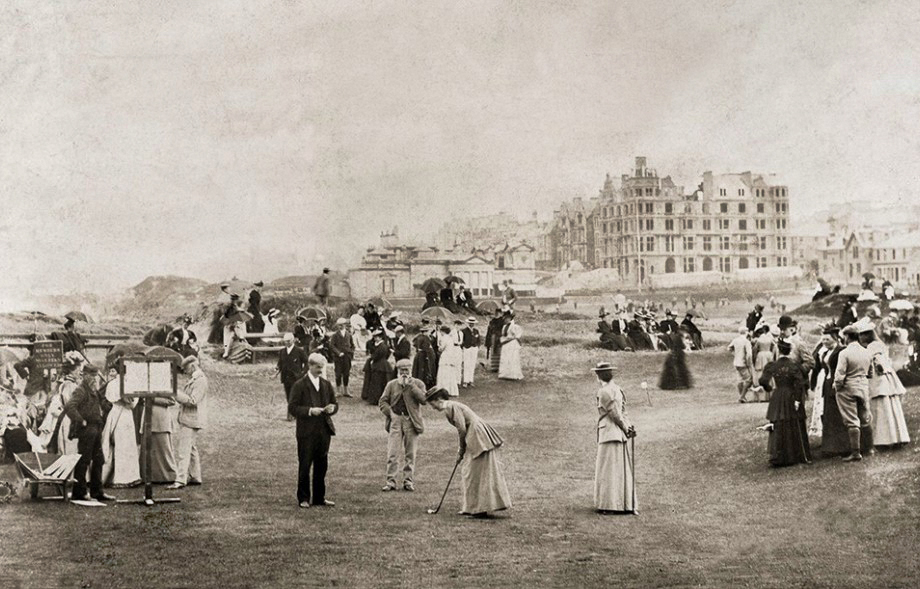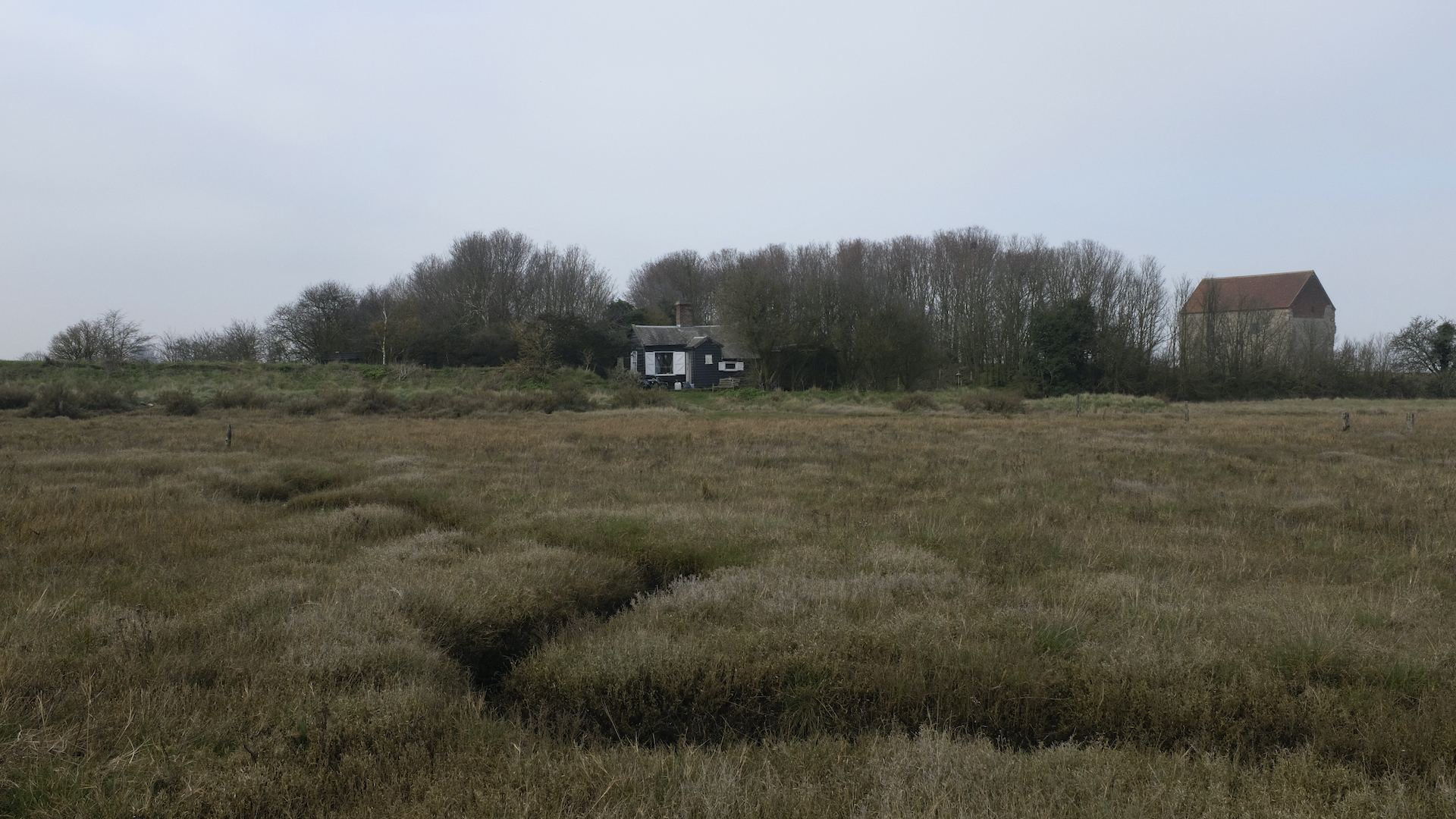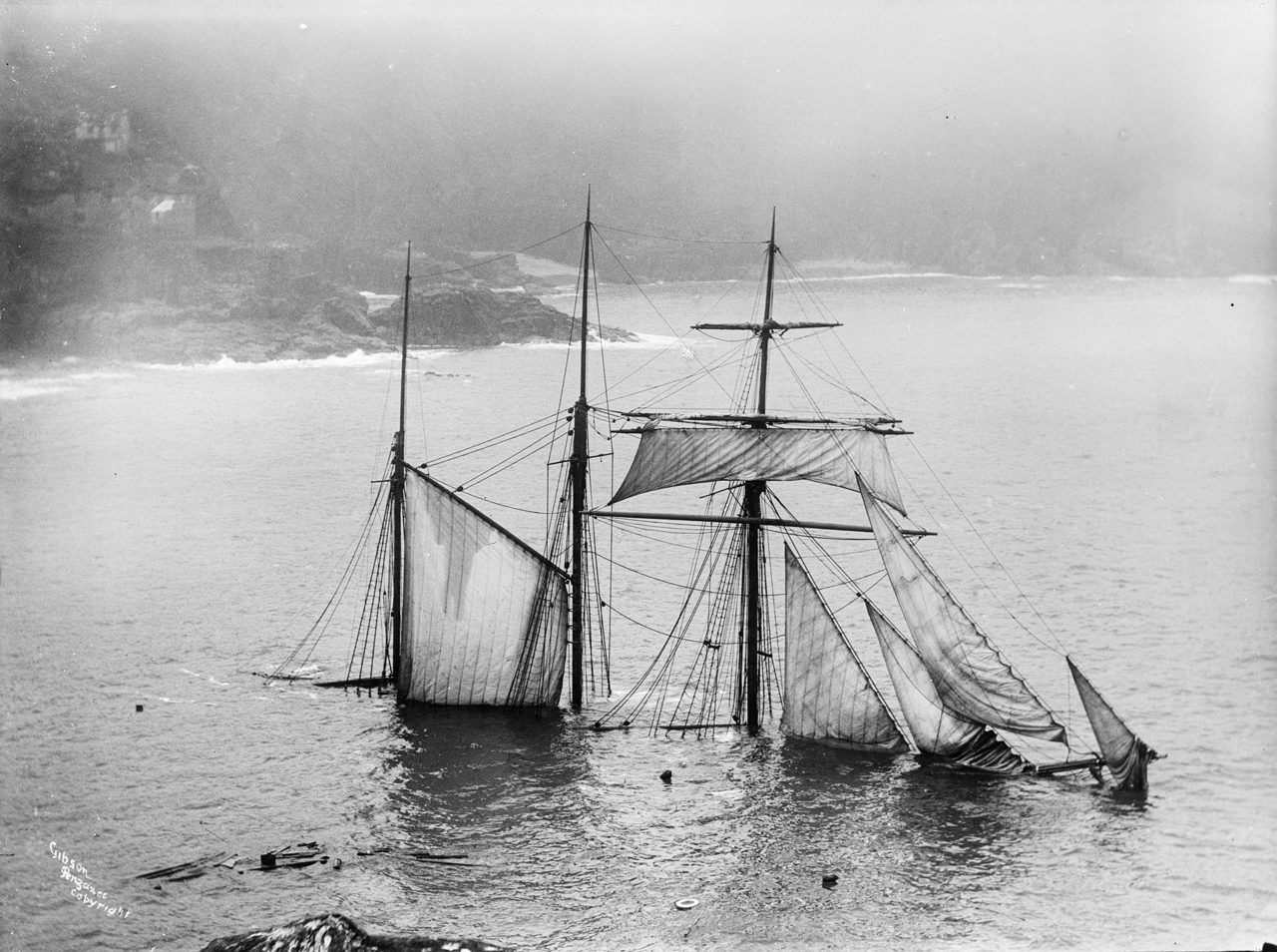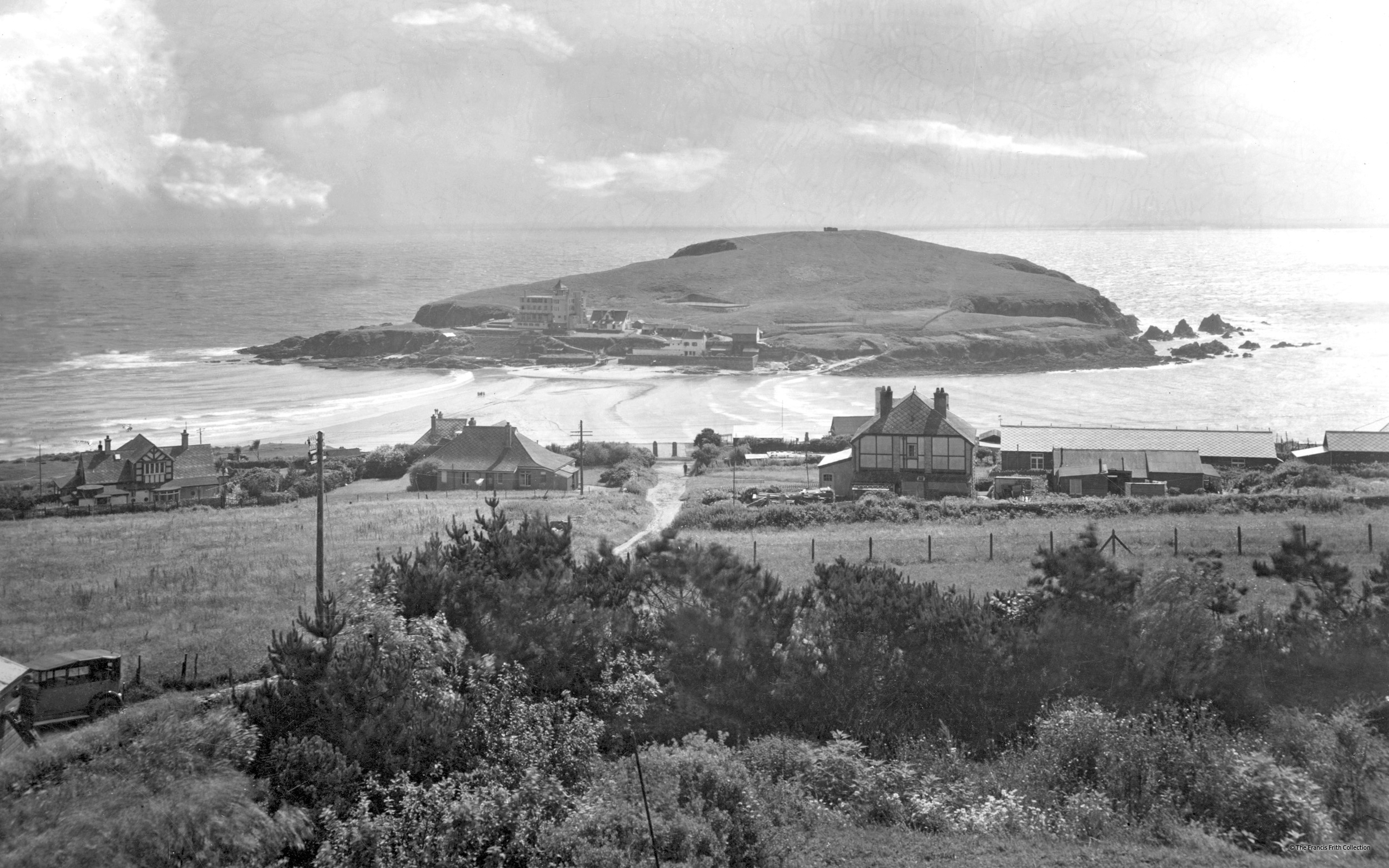
Getty Images
‘At four minutes before one o’clock, Captain Webb, well smothered in porpoise grease, dived in from the end of Admiralty Pier.’
All italicised quotes from Captain Webb’s book The Art of Swimming
The English Channel is 21 miles wide at it’s narrowest point yet it remains the yawning gap between the UK and the continent. Various folk have attempted or succeeded to be the first to cross it via hot air balloon, coracle, plane, aqua car, human sailboat….you get the picture. The Victorians were especially fond of these feats of sporting prowess and derring do, the nation was periodically gripped by these ‘firsts’ until the point of release by success. Like Mallory and Everest, maybe the channel was worth swimming simply ‘because it’s there’. Aside from it being one of the world’s busiest shipping lanes and full of jellyfish the tides force a swimmer to cross in an s shape which makes the total distance up to 40 miles. As such the Victorians thought it an impossible feat which gave it something of the X factor. JB Johnson was the first to attempt it in 1872 but he abandoned after an hour due to a rough sea. He achieved fame the previous year as ‘the hero of London Bridge’, jumping from the bridge into the Thames, to save a Mr Peters fallen from a passing steamer.
‘The gilt, however, was considerably removed from the gingerbread when it was afterwards discovered that the whole thing had been planned, and that old Mr Peters was none other than J.B.’s brother, himself a very fine swimmer’.
Captain Matthew Webb was a genuine lifesaver and received a small degree of renown in 1874 onboard a Cunar Liner travelling from New York to Liverpool. The second mate fell in the sea and our Matthew dived in to attempt to save him. Sadly he didn’t but he spent 45 minutes mid-atlantic before the speeding liner manager to get a small boat back to pick him up. He backed up this altruistic feat with other stunts like racing a Newfoundland dog and swimming the 20 miles from Blackwell Pier to Gravesend faster than anyone had before. Had anyone even bothered before? After these two japes he was looking for a real crowd puller and what better than to trump JB Johnson. At 10.41am on August 25th 1875 our hero set a greasy foot on the sands of Calais having covered 39 miles from Dover in 21 hours 45 minutes. Two mailboat men helped him into a carriage like a ‘lump of cold tallow’ and off to the Paris Hotel where he slept for a day and a night. By the time he awoke he was famous. His fame was tragically short. After series of slightly low brow stunts he died 8 years later attempting to swim the rapids below the Niagra Falls.
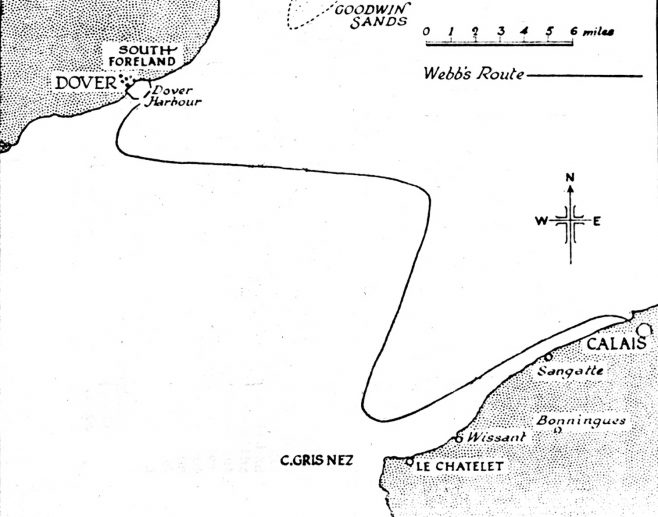
CS&PF Public Domain
‘I am writing what I believe will be essentially a book for boys’.
On the 6th august 1926 an American woman named Gertrude Ederle touched down in 14 hours 34 minutes, two hours faster than the four men that preceded her. She was greeted on Kingsdown Beach by immigration officers requesting her passport but back home she was greeted by two million people in a ticker tape parade in New York. Maybe it’s hard to imagine the excitement around some historical events but at 19 years old she was already an Olympic gold medal winning star. She soon had her own movie, did a countrywide tour and a meeting with the president, she even had a dance step named after her. It helped that the ‘Queen of the Waves’ had a sparkling upbeat personality, a modern bob cut and a scandalous two piece bathing suit (even if the latter was just to prevent chafing). During WW1 many women had the opportunity to expand their horizons and according to Charlie Connelly in his wonderful book The Channel, Gerty ‘became a symbol of the modern, liberated American woman.’ The English Channel had gone global.
‘Under favourable circumstances the feat was not impossible’.
Multiple other firsts followed; both ways, limbless, from France, youngest, oldest, twins, underwater, relays, butterfly stroke, three ways, four ways, all in male/female flavours. The 1950s went big for it with the Daily Mail and then Butlins sponsoring summer races for up to 25 competitors at a time. This feat of endurance was not without controversy. In 1926 Dorothy Logan lied about her success to prove how easy it was to cheat and there were 72 failed attempts over next 36 years. Swimmers often (but by no means always) had pilot boats alongside, the crew have to judge when a swimmer has disappeared behind a big swell and when they have slipped exhausted beneath the waves forever. The first death was Ted May in 1954 and the last was in 2017. The Channel Swimming association was founded in 1927 to attempt to monitor the validity and safety of those making the crossing. Treading in the footsteps of George Toms, the Dover boatman that watched over Captain Matthew, the pilot men and women also formulated some rules: only a swimming costume, cap, and goggles to be worn. No touching the support boat. Food to be passed to the swimmer only using fishing rod. A required number of steps up the beach at the other end. Optional is a pint of Spitfire, five packets of salted peanuts and writing your name on the wall of the venerable White Horse in Dover.
‘Avoid eating indigestible food such as nuts, walnuts and sweets…….any effervescent fluid such as ginger beer or lemonade is highly objectionable’.
Captain fantastic consumed eggs and bacon with a jug of claret for breakfast, beer en route then a chaser of brandy, amazingly he could still walk up the beach at Calais. On his arrival he was given hot red wine. Gertrude was powered by chicken legs. Countess Walbruga von Isacescu of Vienna failed in 1900 after a light meal of two eggs and a glass of port. Jabez Wolffe used bagpipes to keep stroke rhythm, drank beef tea and swam naked due to chafing issues. Increased knowledge of the tides, currents and nutrition plus a deeper understanding of human physiology have made the swim easier but still a mighty feat. Four out of five fail.

‘I had a peculiar sensation in my limbs, somewhat similar to that which is often felt after the first day of the cricket season’.
Do our neighbours the French have the same obsession? They initially thought Matty Webb was a ’lunatic’ and in 1993 they outlawed swimmers setting off from France. Maybe for the British swimmers it’s the thought of departing under Vera Lynn’s White Cliffs that makes it extra special. The growth in wild swimming has made these dips seem a little less crackpot but aside from a bust of him in Dover harbour, Webby did receive a more peculiar tribute. Having seen his face on Bryant and May matchboxes, Peter Sellers based Inspector Clouseau on him.
Find yourself a pilot and get some tips for your attempt here


